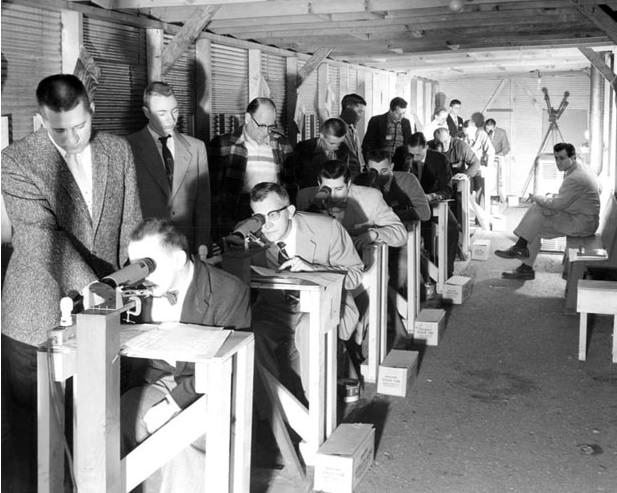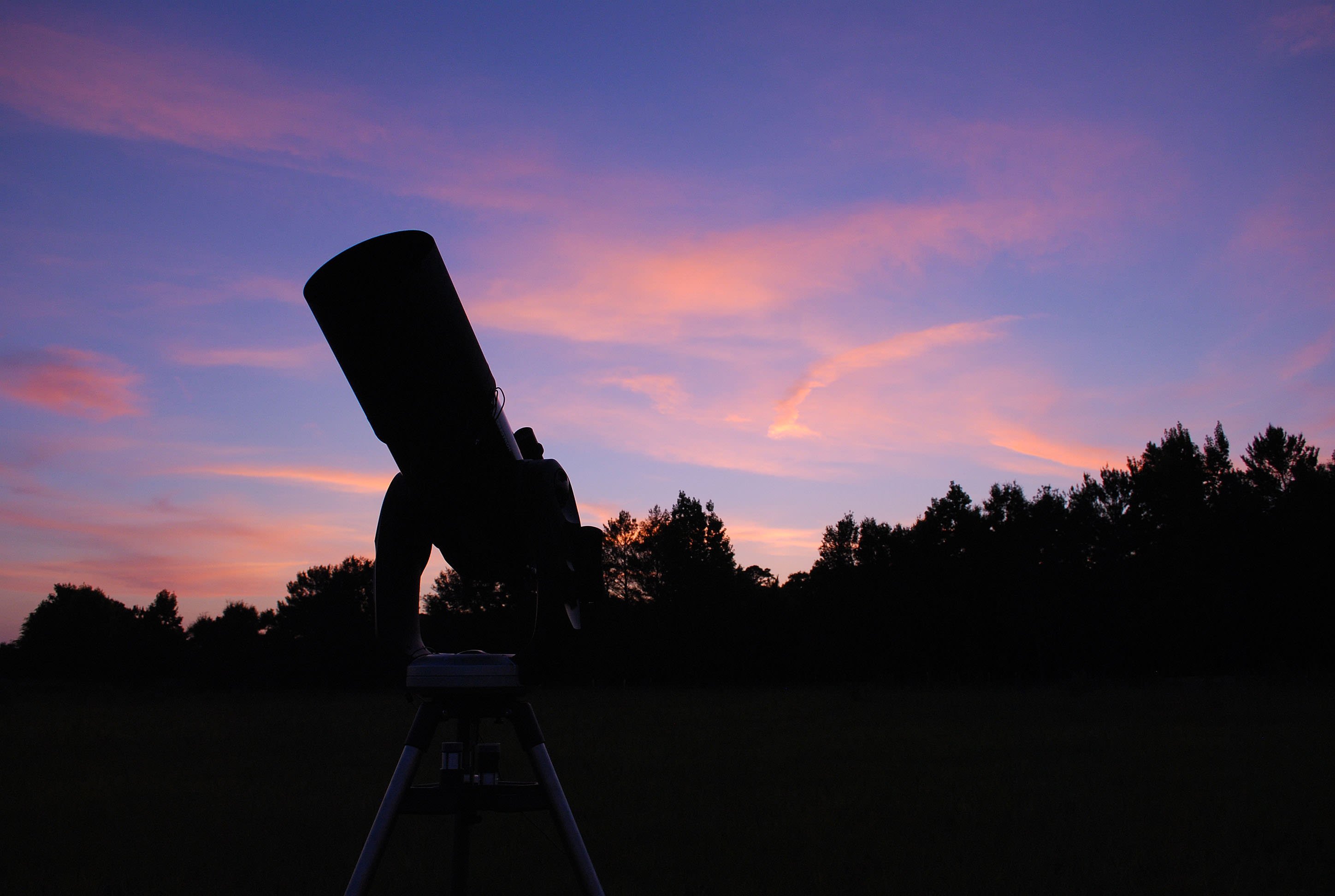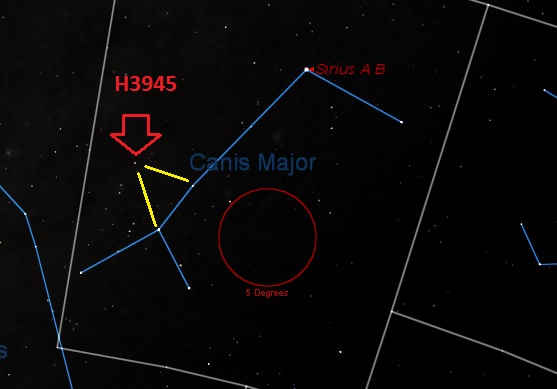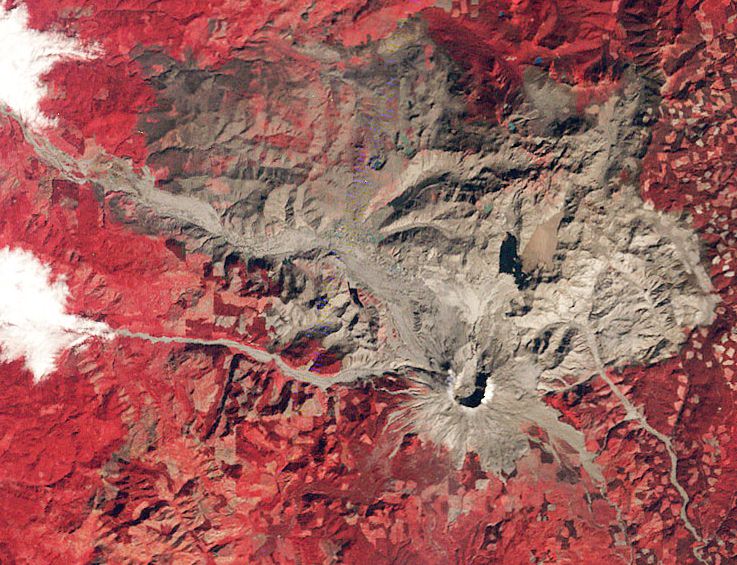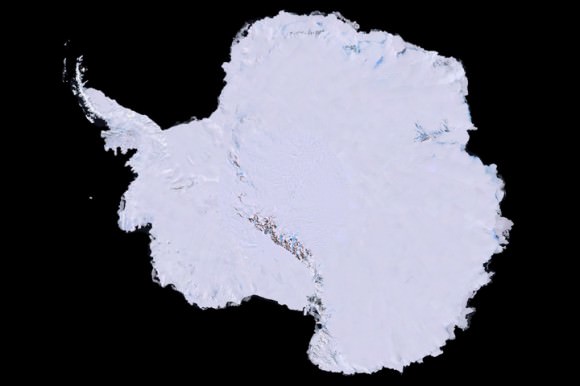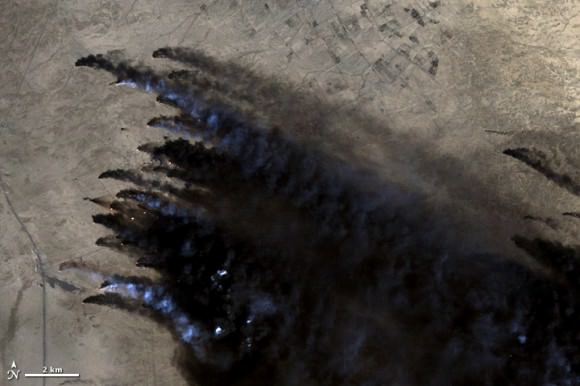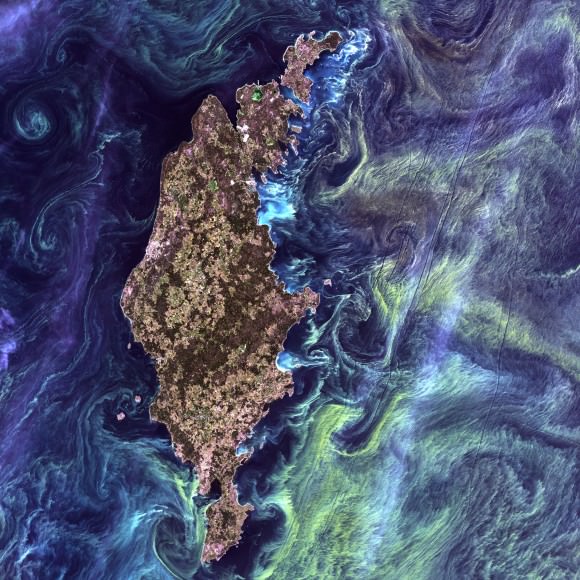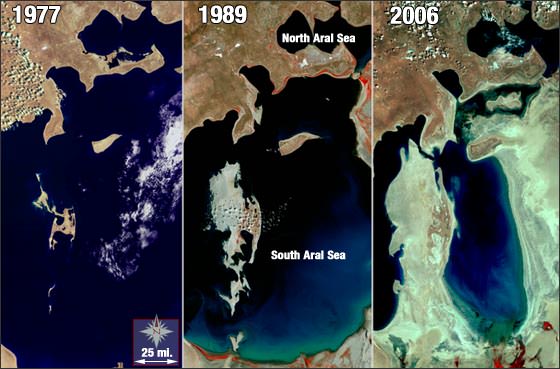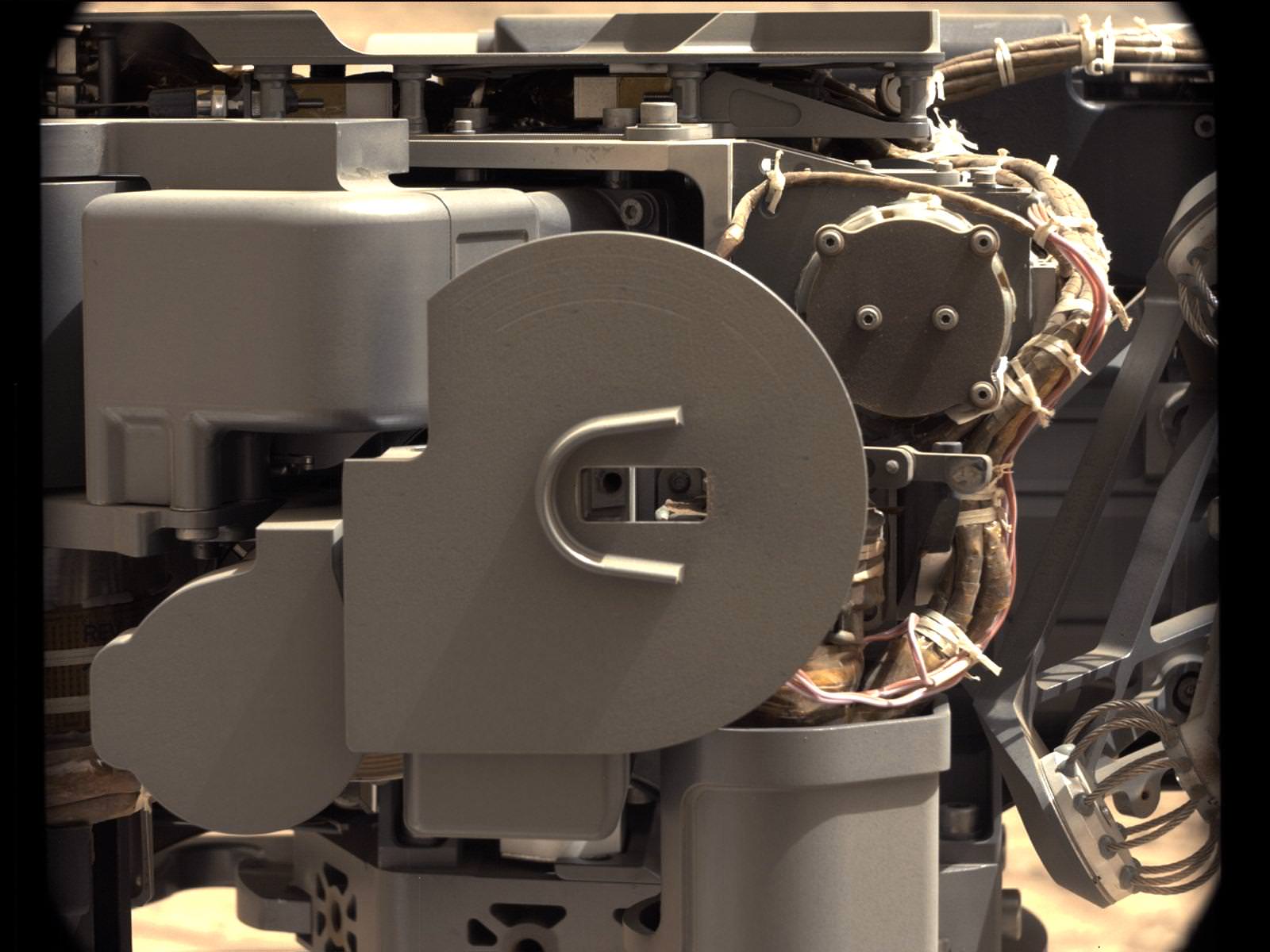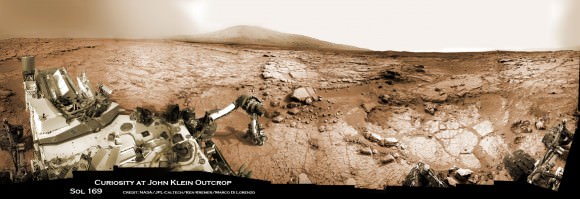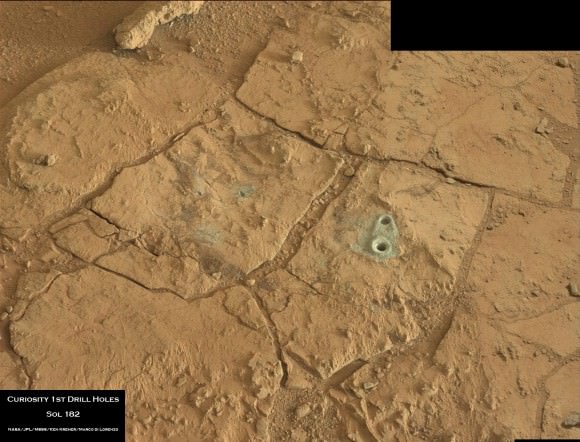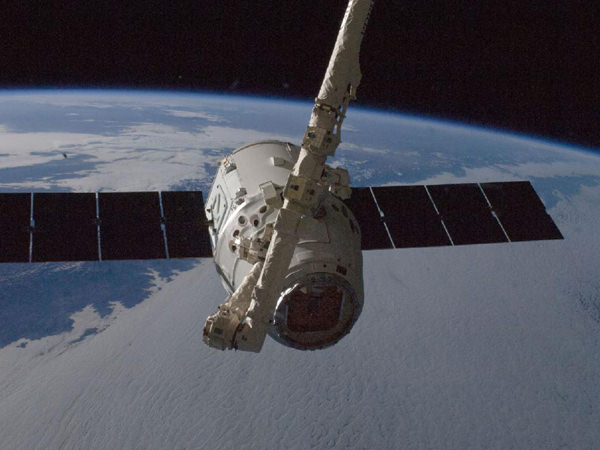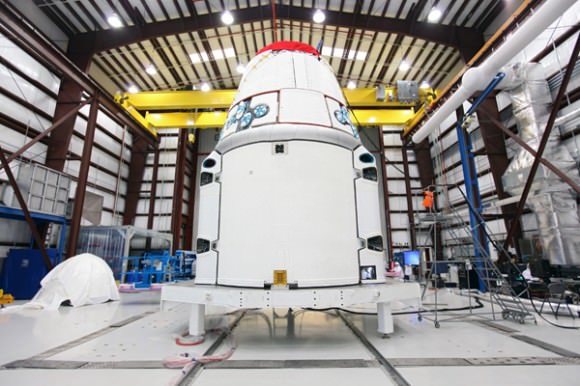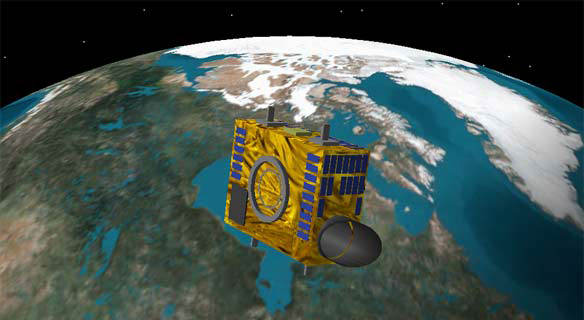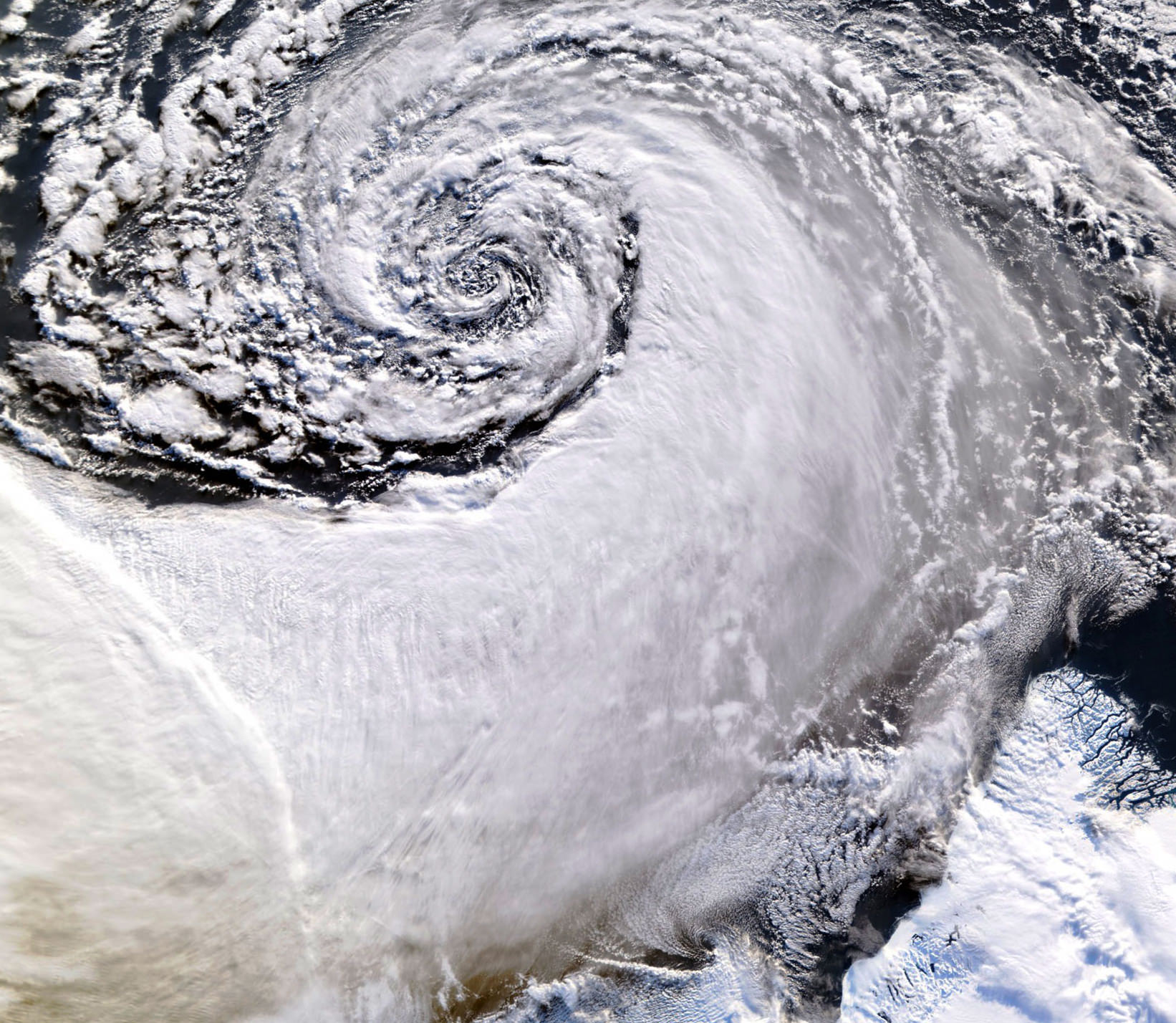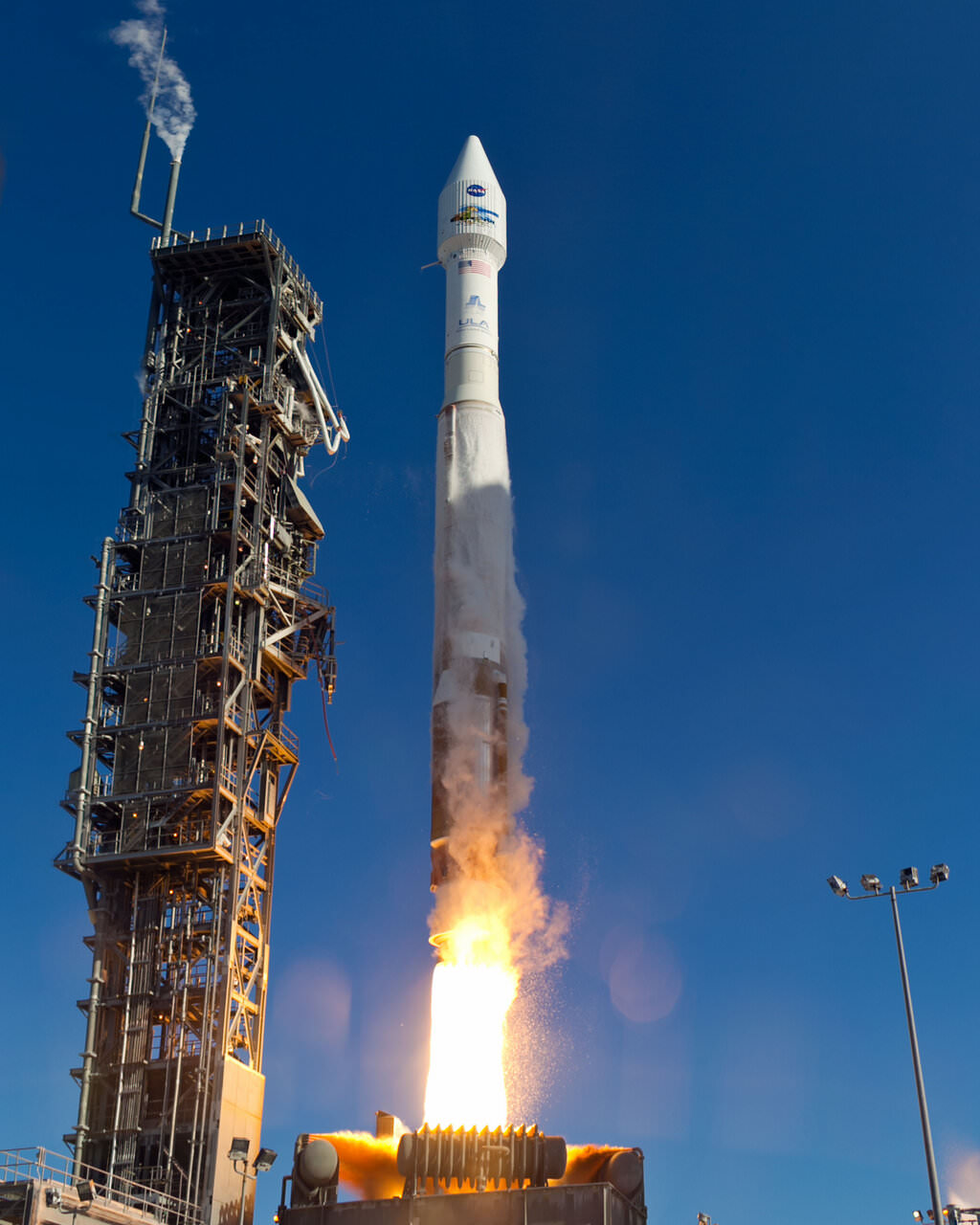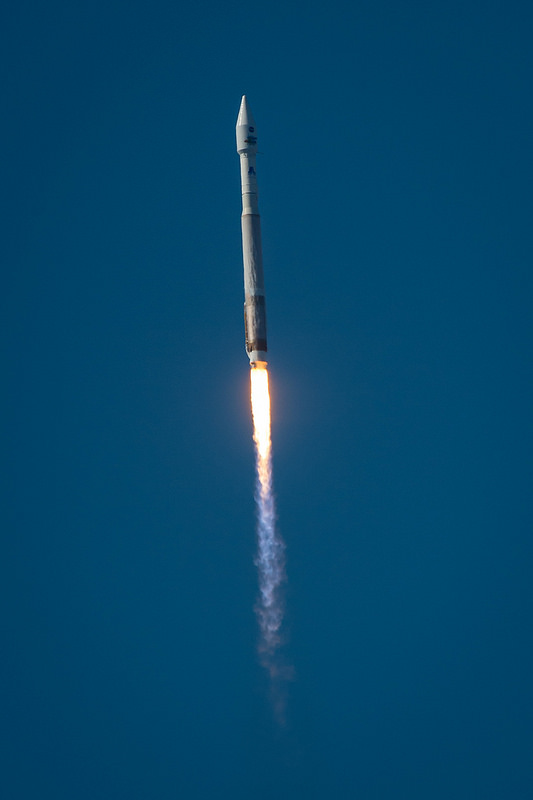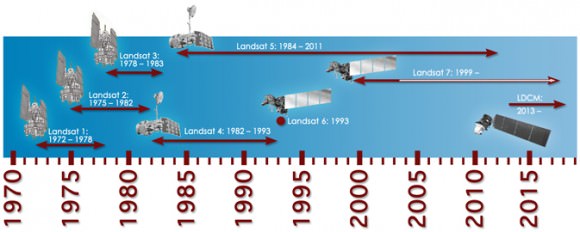Amateur astronomers have done more than just watch the skies, they’ve been a national security asset. In the mid-1950’s, it was realized that the reality of the Space Age was at best only a decade away. Sub-orbital German V-2 rockets captured by the Soviets and the United States were reaching higher and higher altitudes, and it was only a matter of time before orbital velocity would be achieved.
Keep in mind, this was the age of backyard bomb shelters, “duck and cover” drills, and civil preparedness as Cold War fever reached a heightened pitch. Ground Observer Corps encouraged and trained citizen groups how to spot and report enemy bombers approaching the U.S coast in preparation for a nuclear confrontation. And remember, there was no reason to think that this build up wouldn’t extend to the militarization of space. It was in this era that Operation Moonwatch was born.
Conceived by Harvard astronomer Fred Whipple, Operation Moonwatch was the “Galaxy Zoo” of its day. The idea was simple; teams of observers around the world would track, time and record satellite passes over their location and feed this data back to the computation center at Cambridge, Massachusetts (telephone, Western Union or ham radio were the methods of the day) This data would give engineers information as to where to point their enormous Baker-Nunn cameras. These instruments were wide-field Schmidt cameras that could cover large swaths of the sky. They were to be positioned at 12 locations worldwide to keep tabs on satellites in low Earth orbit (LEO).
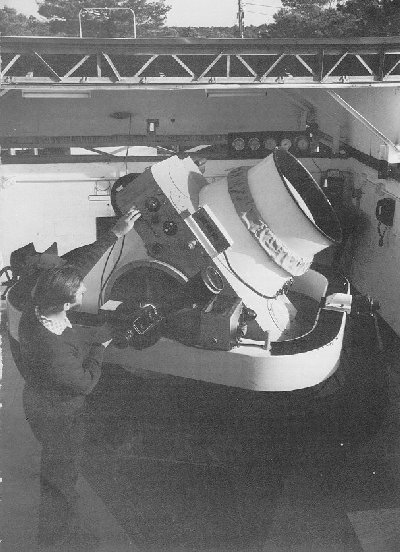
To be sure, there were obstacles to overcome. The Baker-Nunn cameras were well behind schedule, and the entire system was struggling to come online by mid-1958 in time for the International Geophysical Year (IGY). School and community groups had to be organized, trained, and equipped. Knowing precise location in the pre-GPS era had to be addressed. Many purchased optical kits available from Radio Shack, while many teams built their own. Then there was the dilemma of what a satellite would actually look like to an observer on the ground. Could a trained spotter even see it? Civil Air Patrol groups experimented with various trial substitutions, such as following aircraft, flocks of birds and bats at dusk and even tracking pebbles tossed into the sky!
Operation Moonwatch was also to play a part of the 1958 International Geophysical Year. Many doubted to effectiveness of amateur groups, but public interest ran high. Then on October 4th 1957, the world was caught off guard as Sputnik 1 lifted off from the Baikonur Cosmodrome.
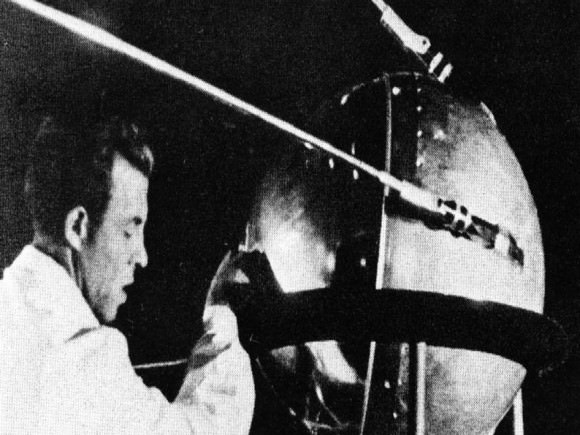
The world was stunned that the Soviets had beaten the West into space. The National Advisory Committee for Aeronautics (later to become NASA in 1958) had yet to achieve a successful orbital launch, and the United States Naval Research Laboratory was still floundering to get the Vanguard program off the pad. The launch of Sputnik found a scant few Moonwatch teams at the ready to catch its first dusk passes over the United States. Keep in mind, the Sputnik satellite was too small and faint to see with the naked eye. What most casual observers in the general public saw (remember the opening scenes in the movie October Sky?) was actually the rocket booster that put Sputnik into space.
Moonwatch teams would “look up by looking down” using a bench mounted telescope that looked at a reflective plate aimed skyward. With observers arranged in a row aimed at a picket line, they would call out when the target satellite crossed the local meridian. This would in turn be documented by an onsite recorder for transmission.
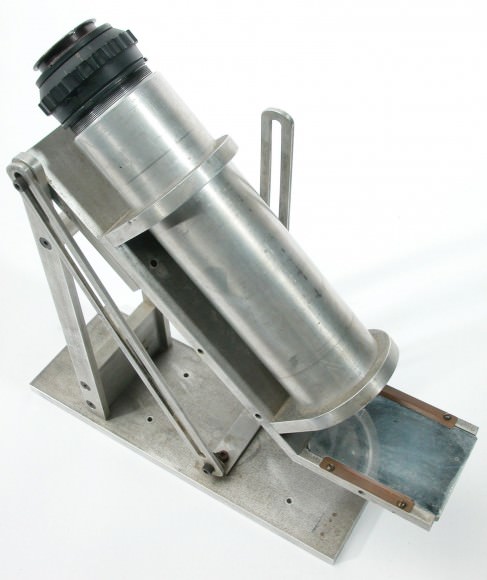
With Sputnik, the Operation Moonwatch volunteers found themselves thrust into the spotlight. Newspapers & radio shows clamored to interview volunteers, as the public suddenly became obsessed with space. Moonwatchers followed and documented to launch of the dog Laika aboard Sputnik 2 on November 3rd, 1957, and when the U.S. finally launched its first satellite Explorer I on February 1st 1958 Operation Moonwatch tracked it. Magazines such as National Geographic and Boys Life ran articles on the project and told teams how they could participate. When Sputnik 4 reentered over the U.S. on September 1962, it was data from Operation Moonwatch observers that proved vital in its recovery.
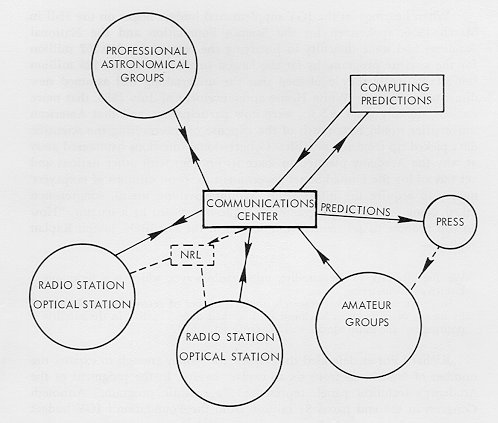
Moonwatch was disbanded in 1975, but many volunteers continued tracking satellites and sharing data on their own. I always think that it’s fascinating that three very early satellites from the early days of Operation Moonwatch are still in orbit and can been seen with a good pair of binoculars and a little patience , Vanguards 1, 2 & 3. It could be argued that Operation Moonwatch provided a civilian means to monitor the goings on of governments in low Earth orbit and may have contributed to the Outer Space Treaty outlawing the use of nuclear weapons in space. Another fortunate occurrence of the era was the establishment of a civilian space agency in the U.S., argued for successfully by Dr. James Van Allen. How different would the course of history have been if the U.S. space program had become a “fourth branch” of the military?
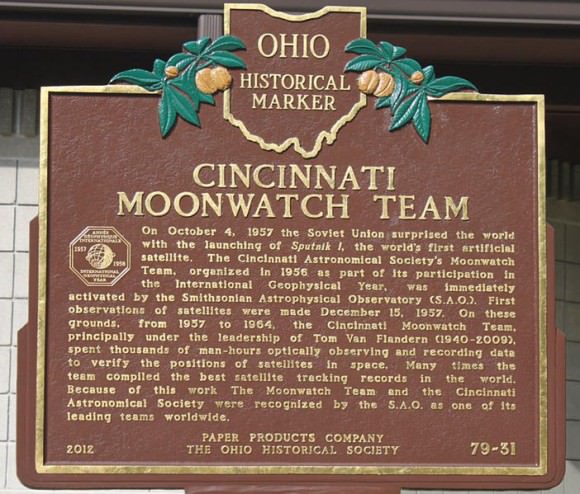
Today, modern satellite trackers still follow, image and share information on satellites worldwide. This effort transcends borders; when hazardous payloads such as Russia’s failed Mars mission Phobos-Grunt reentered in early 2012 satellite trackers documented its final passage, and efforts are still underway to keep tabs on the USAF’s X-37 spy satellite. One can also see a stark contrast between the efforts to enlist civilian effort during the Cold War and the modern Global War on Terrorism. Interest in science was at an all-time high in the 1950’s, as it was realized the West might be lagging behind in science education. In a post-9/11 era, there almost seems to be a movement to isolate participation. Many model rocketry groups are under increased restriction, and even amateur astronomers may see essential tools such as green laser pointers restricted for use.
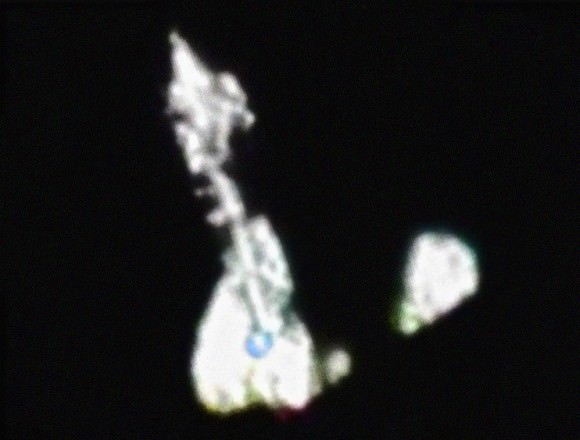
But the good news is, anyone can still track a satellite from the comfort of their own backyard all in the spirit of Operation Moonwatch. DARPA announced a project last year which may resurrect a program similar to Operation Moonwatch. Named SpaceView, this program seeks to augment the U.S. Air Force’s Space Surveillance Network. Keep an eye on the sky, and remember a dedicated few amateur observers that played a crucial role in modern history as you watch satellites drift silently by in the twilight skies.
For more on the fscinating hostory of Operation Moonwatch, read Patrick McCray’s Keep Watching the Skies!
See more of Ralf Vandebergh’s outstanding work at his site Telescopic Spaceflight Images.

